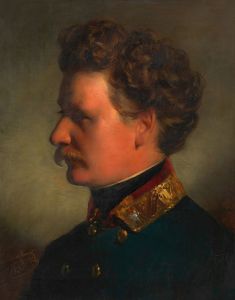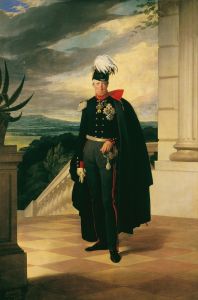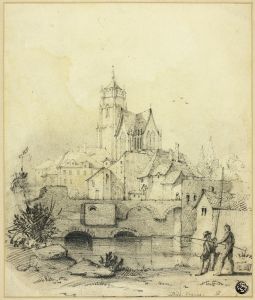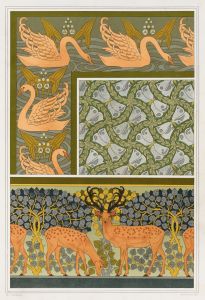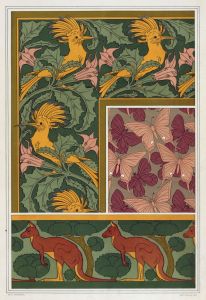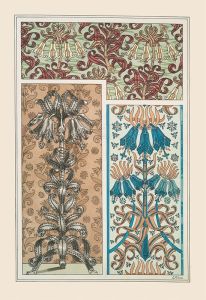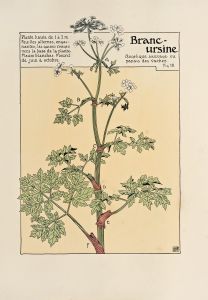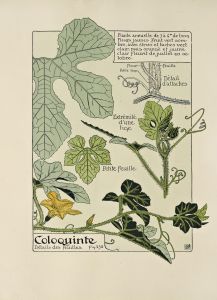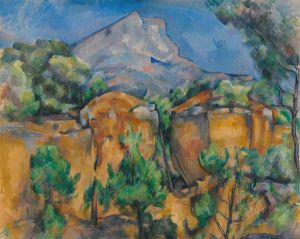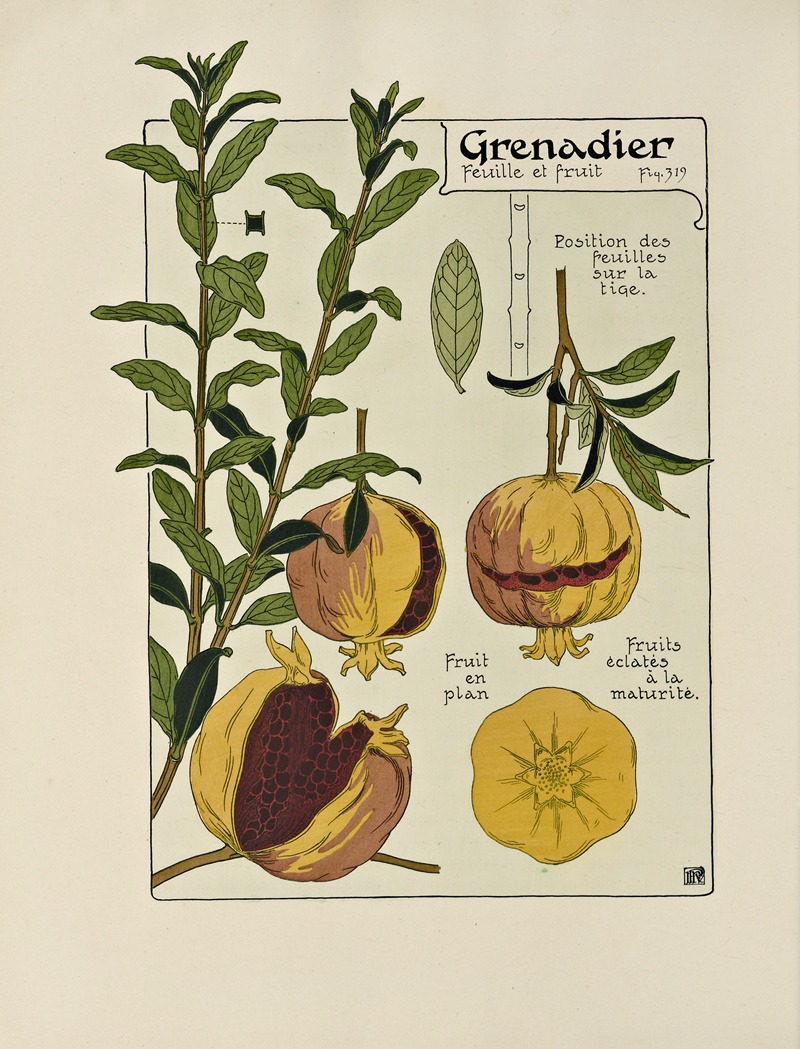
Grenadier
A hand-painted replica of Maurice Pillard Verneuil’s masterpiece Grenadier, meticulously crafted by professional artists to capture the true essence of the original. Each piece is created with museum-quality canvas and rare mineral pigments, carefully painted by experienced artists with delicate brushstrokes and rich, layered colors to perfectly recreate the texture of the original artwork. Unlike machine-printed reproductions, this hand-painted version brings the painting to life, infused with the artist’s emotions and skill in every stroke. Whether for personal collection or home decoration, it instantly elevates the artistic atmosphere of any space.
Maurice Pillard Verneuil was a prominent French artist and designer known for his contributions to the Art Nouveau movement. Born in 1869, Verneuil developed a distinctive style characterized by intricate patterns and a strong emphasis on natural forms. His work often featured floral motifs, animals, and other elements inspired by the natural world, reflecting the broader Art Nouveau trend of integrating art with nature.
One of Verneuil's notable works is "Grenadier," which exemplifies his artistic approach. While specific details about the creation and history of "Grenadier" are limited, it is known that Verneuil's works often served as decorative pieces, intended to be both aesthetically pleasing and functional. His designs were frequently used in various applications, including wallpaper, textiles, and ceramics, showcasing his versatility and the adaptability of his style.
Verneuil's work, including "Grenadier," is characterized by its use of bold lines and vibrant colors. He was adept at creating compositions that balanced complexity with harmony, a hallmark of the Art Nouveau movement. The movement itself emerged in the late 19th and early 20th centuries as a reaction against the academic art and industrialization of the time. Artists like Verneuil sought to bring art into everyday life, blurring the lines between fine art and applied arts.
The influence of Japanese art, particularly ukiyo-e prints, is evident in Verneuil's work. This influence is seen in the flat planes of color, stylized forms, and the emphasis on decorative elements. "Grenadier," like many of his pieces, likely reflects this synthesis of Western and Eastern artistic traditions, contributing to the unique aesthetic that defined Art Nouveau.
Verneuil was also known for his publications, which included collections of decorative designs and motifs. These publications served as important resources for other artists and designers of the time, spreading the Art Nouveau style across Europe and beyond. His ability to distill complex natural forms into stylized, repeatable patterns made his work particularly influential in the fields of graphic and interior design.
While "Grenadier" itself may not have a detailed historical record, it is part of Verneuil's broader legacy as an artist who helped shape the visual language of his era. His work remains a testament to the creativity and innovation of the Art Nouveau movement, continuing to inspire artists and designers today.
In summary, Maurice Pillard Verneuil's "Grenadier" is a reflection of the Art Nouveau movement's principles, characterized by its decorative style, natural motifs, and the fusion of different artistic influences. Although specific information about this particular piece is scarce, it embodies the essence of Verneuil's contribution to art and design, highlighting his role in the evolution of modern aesthetics.





